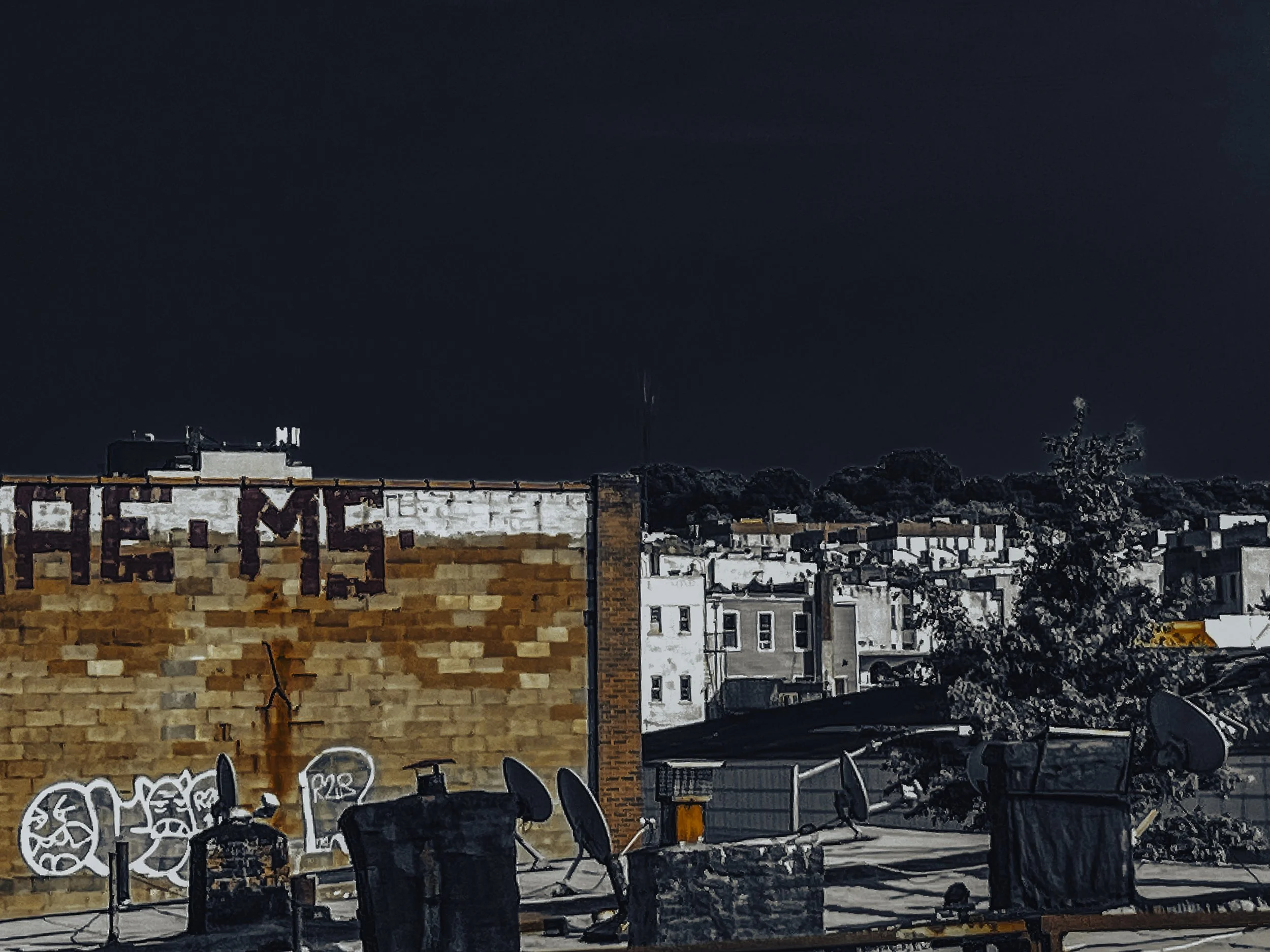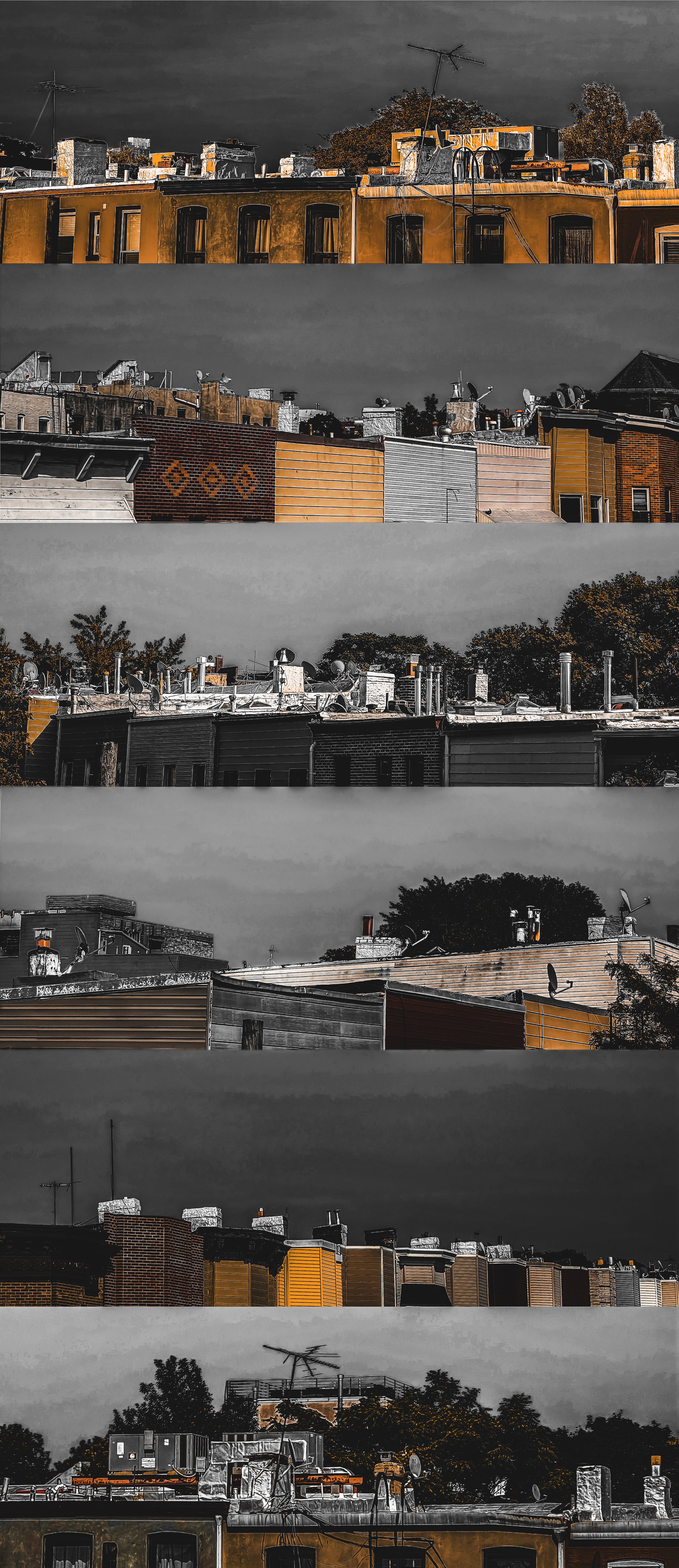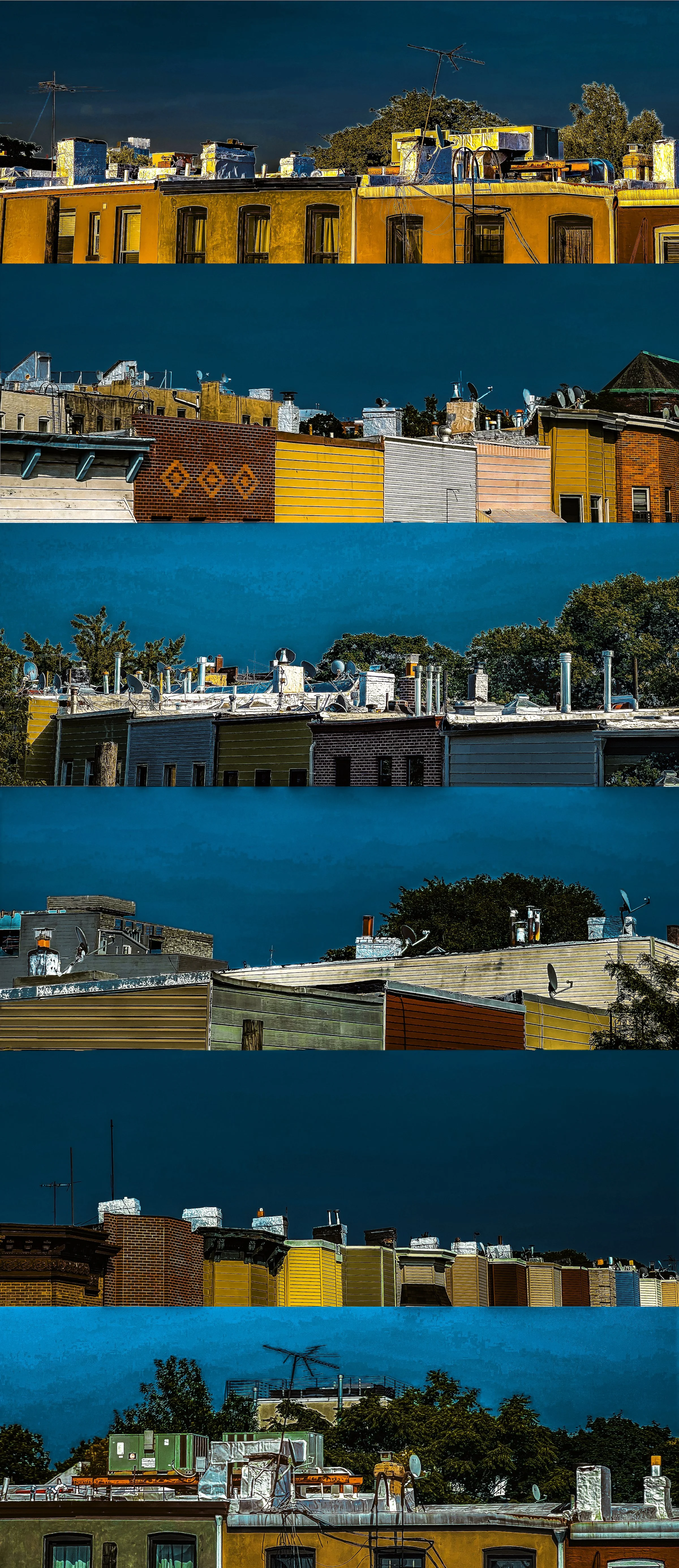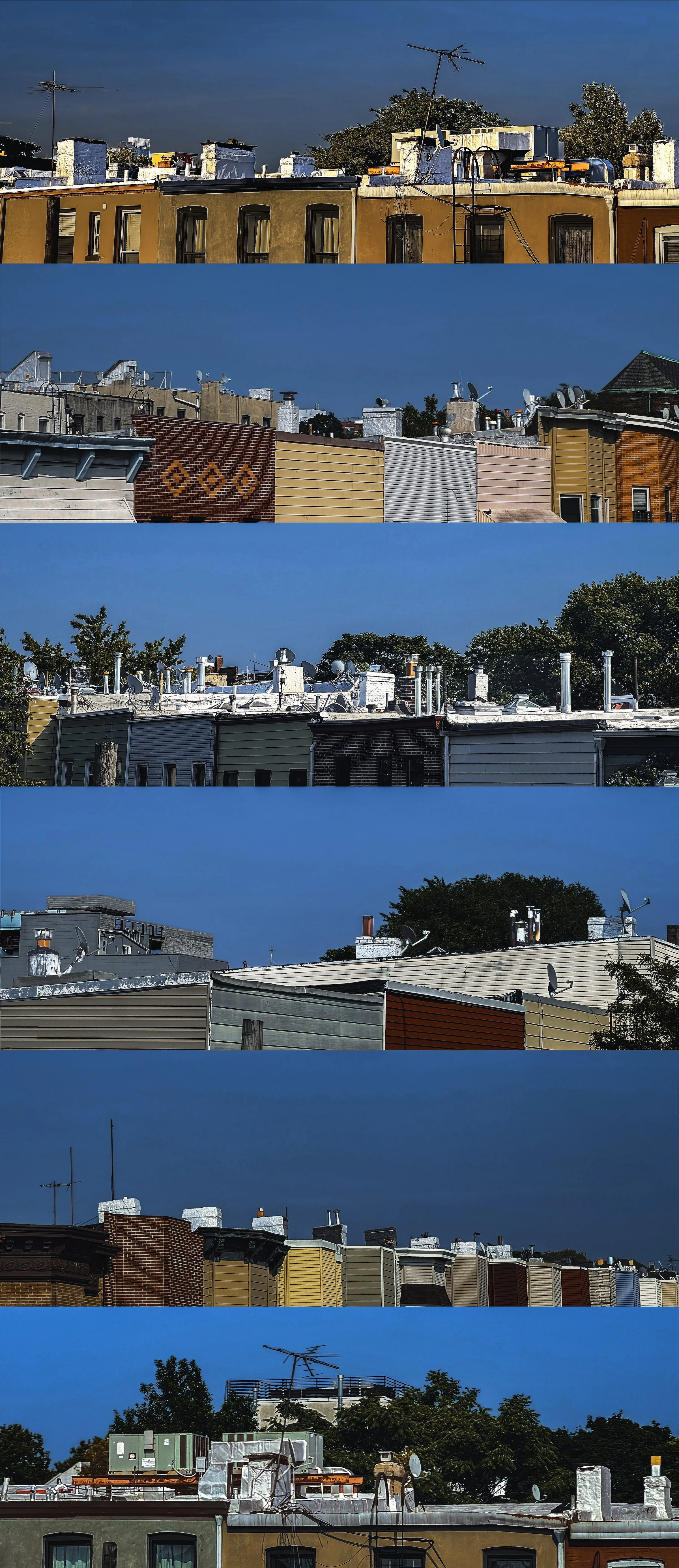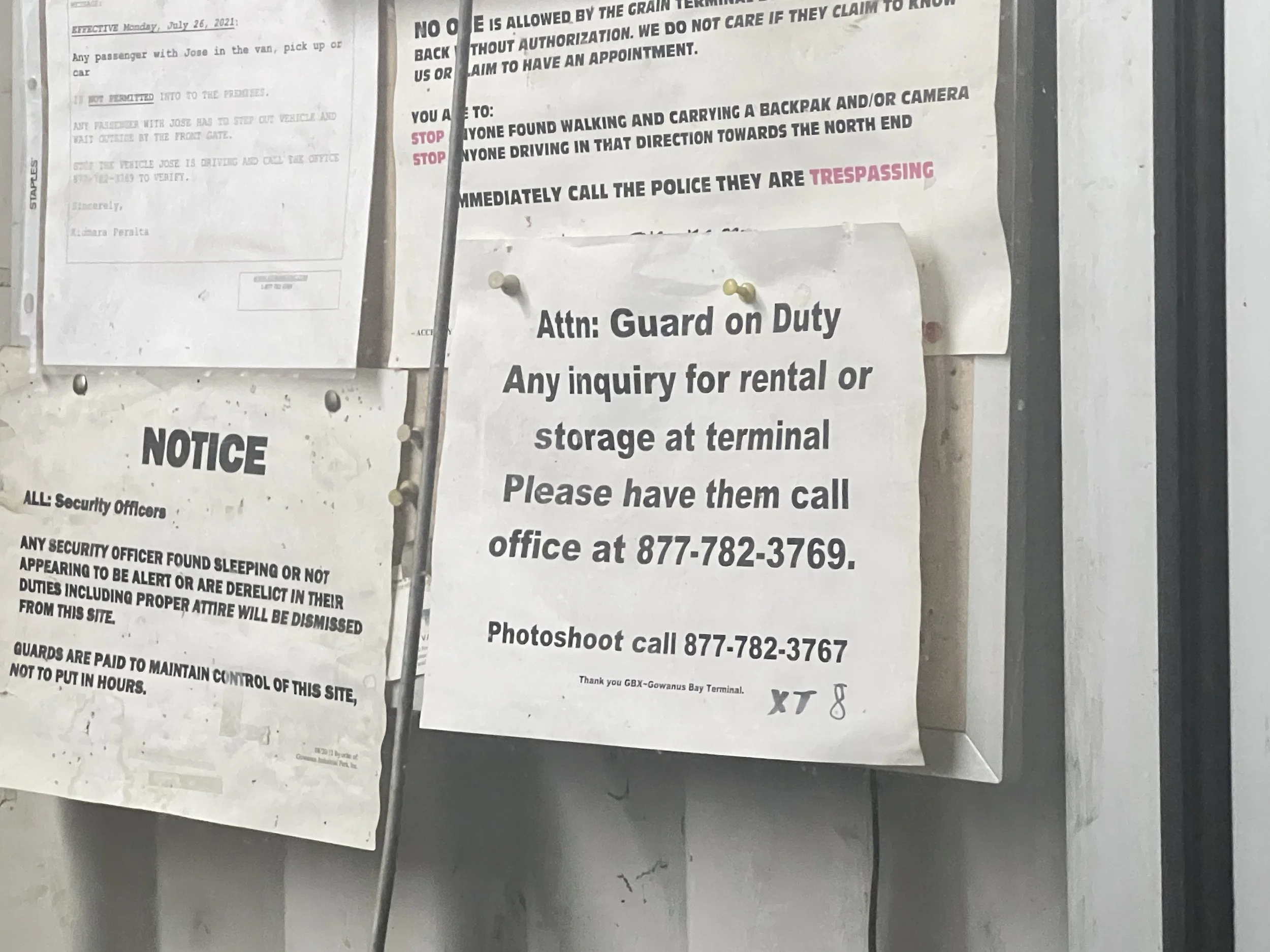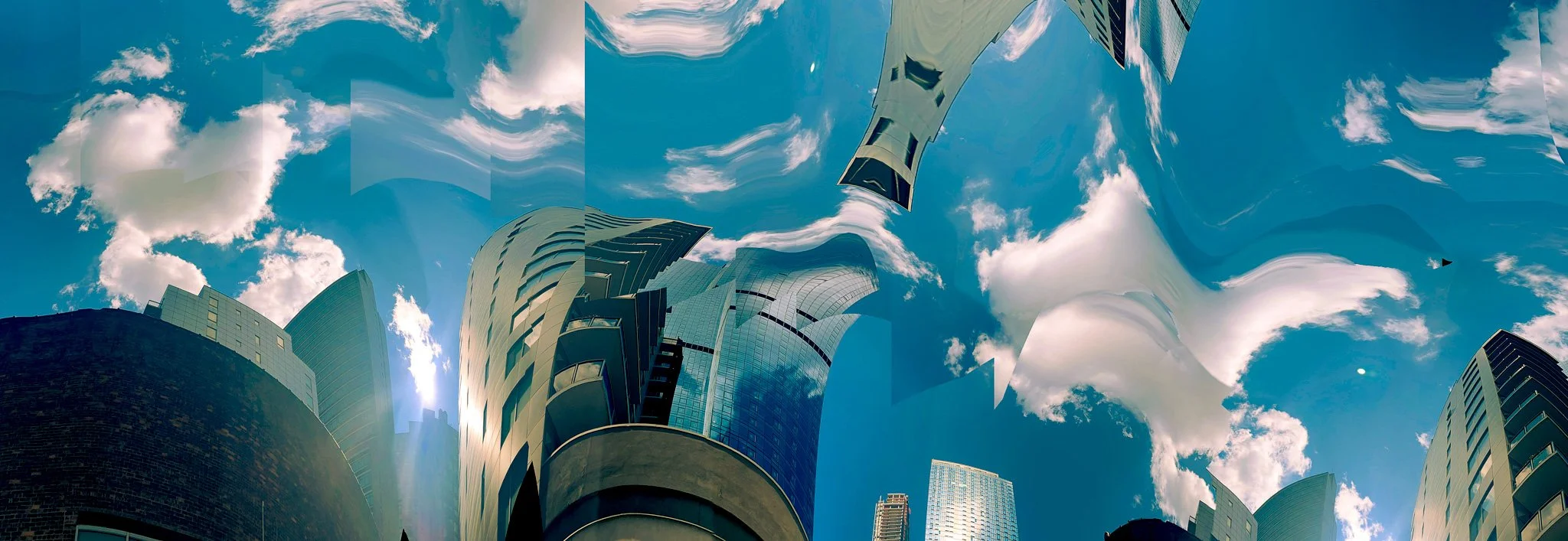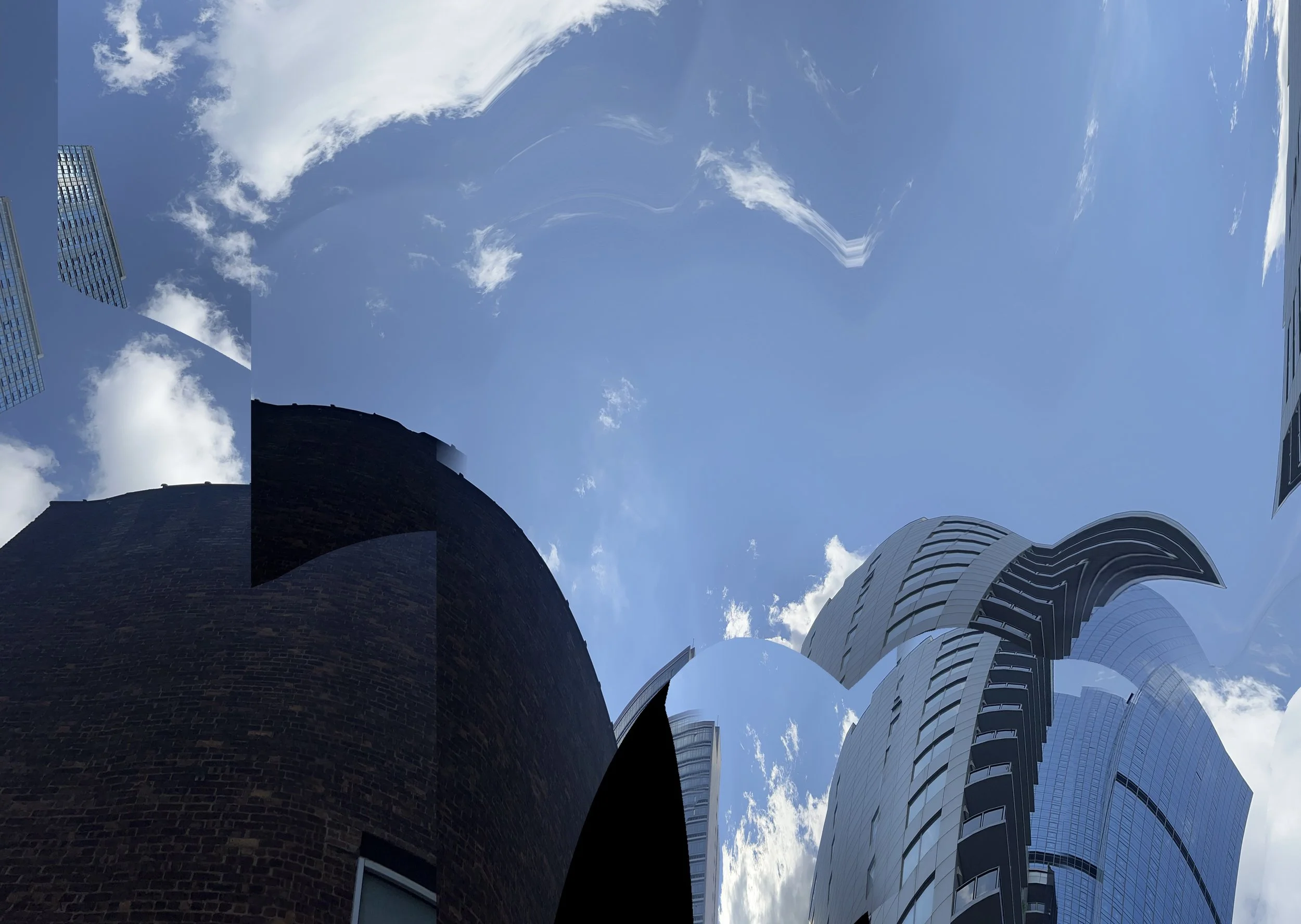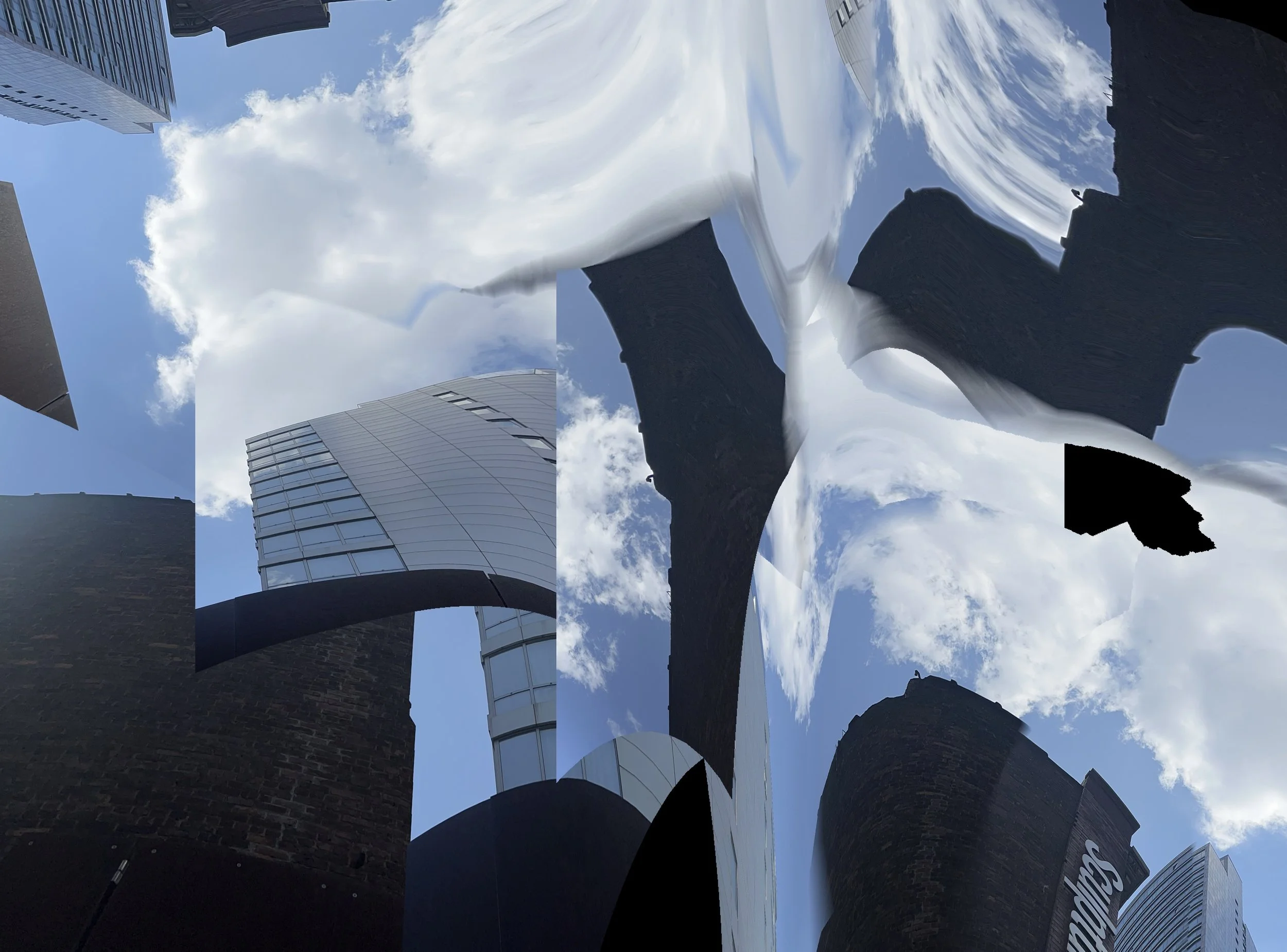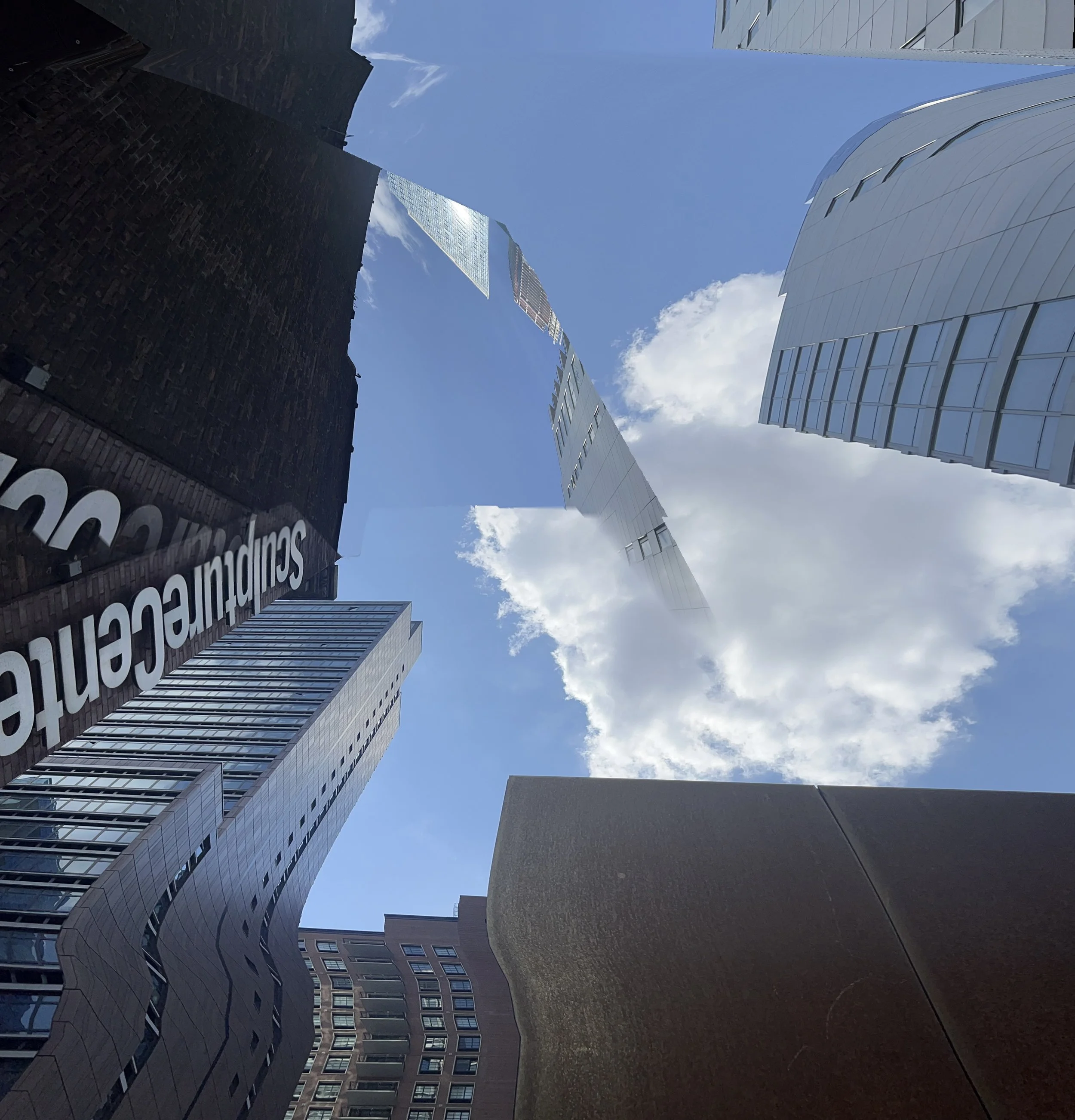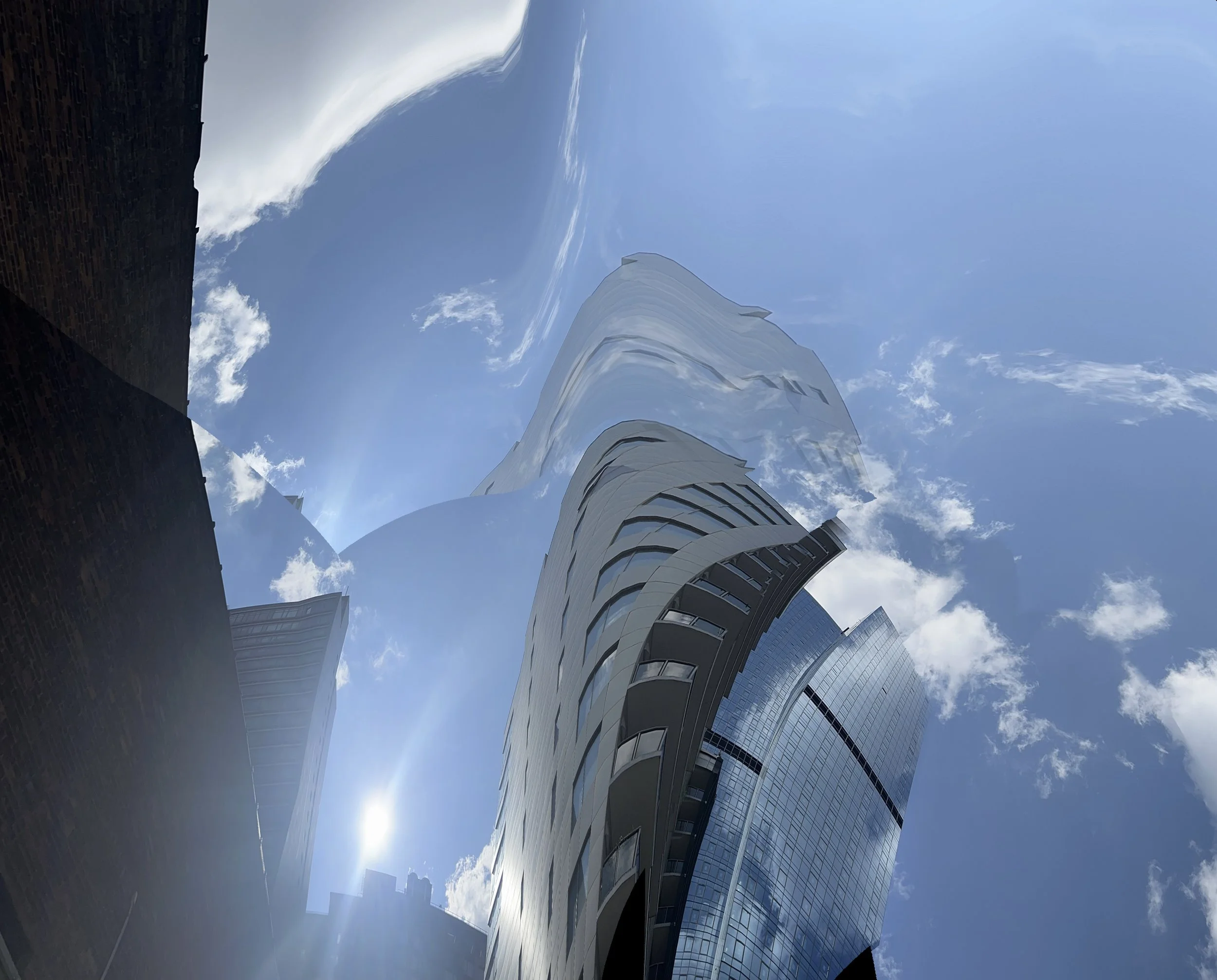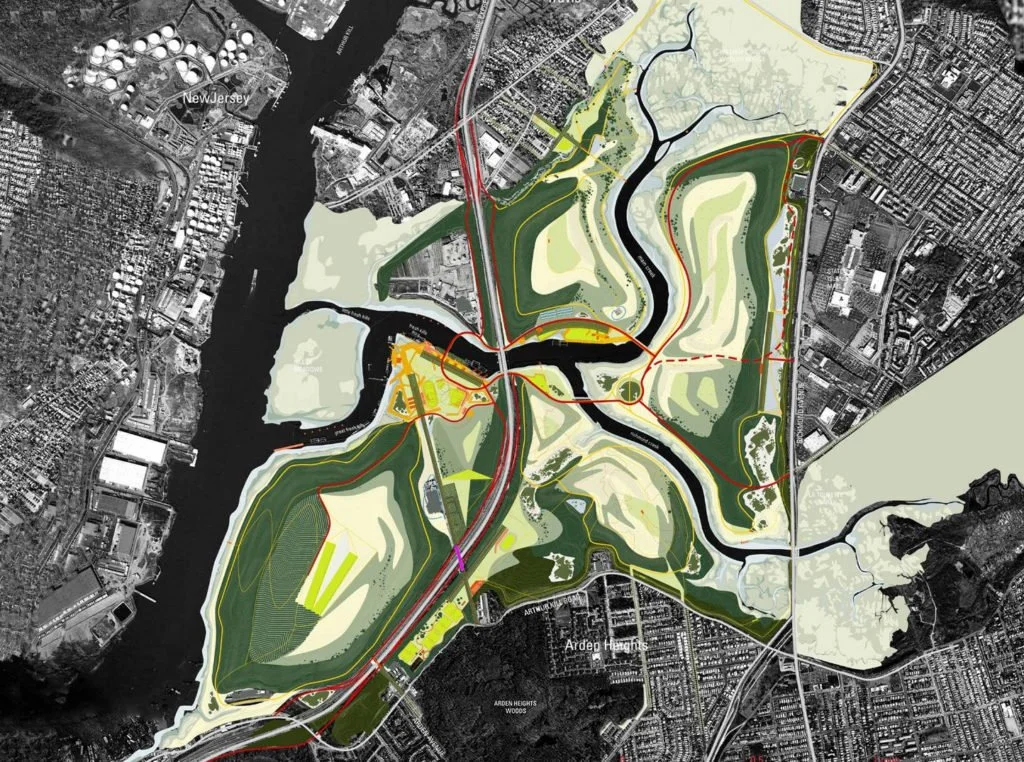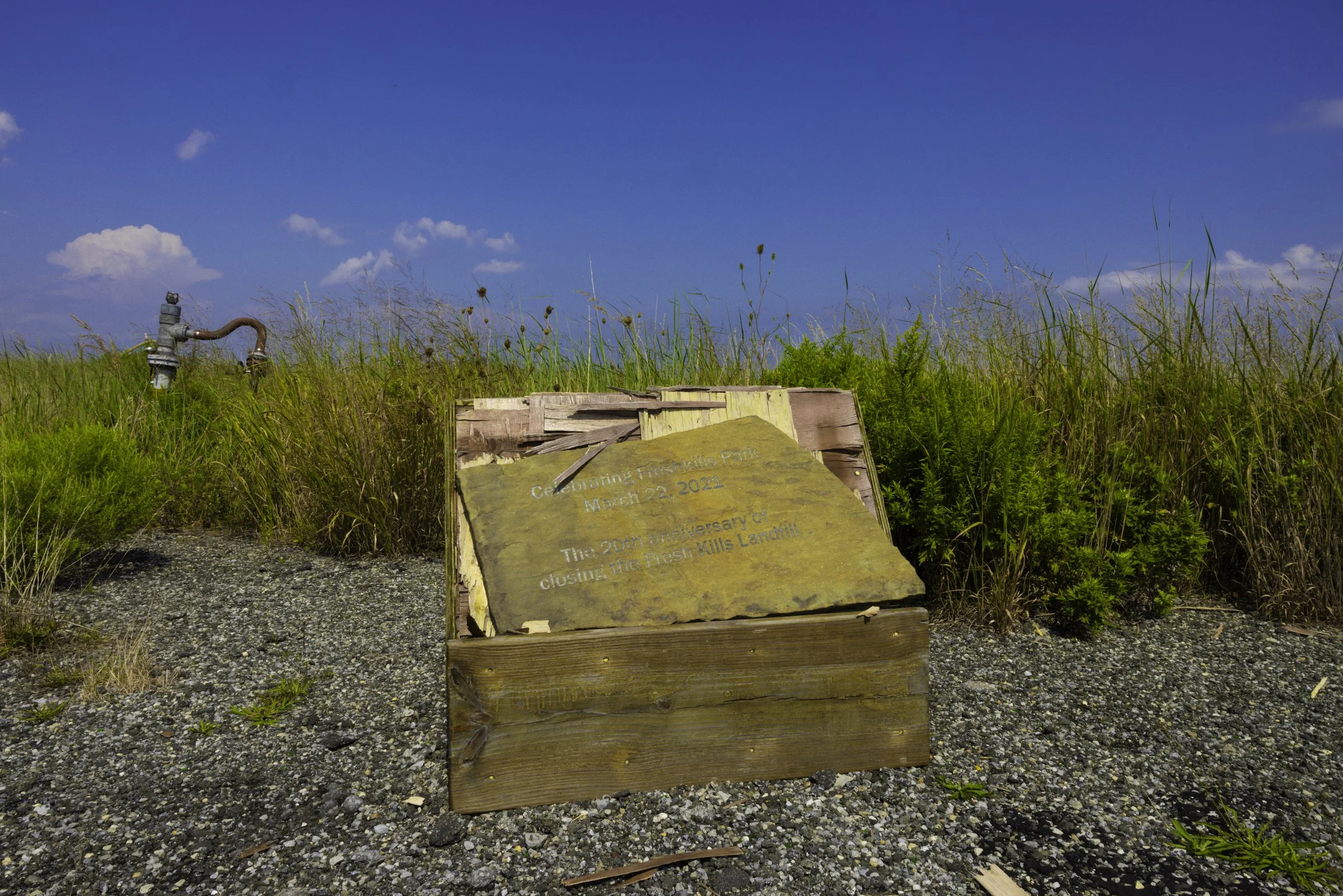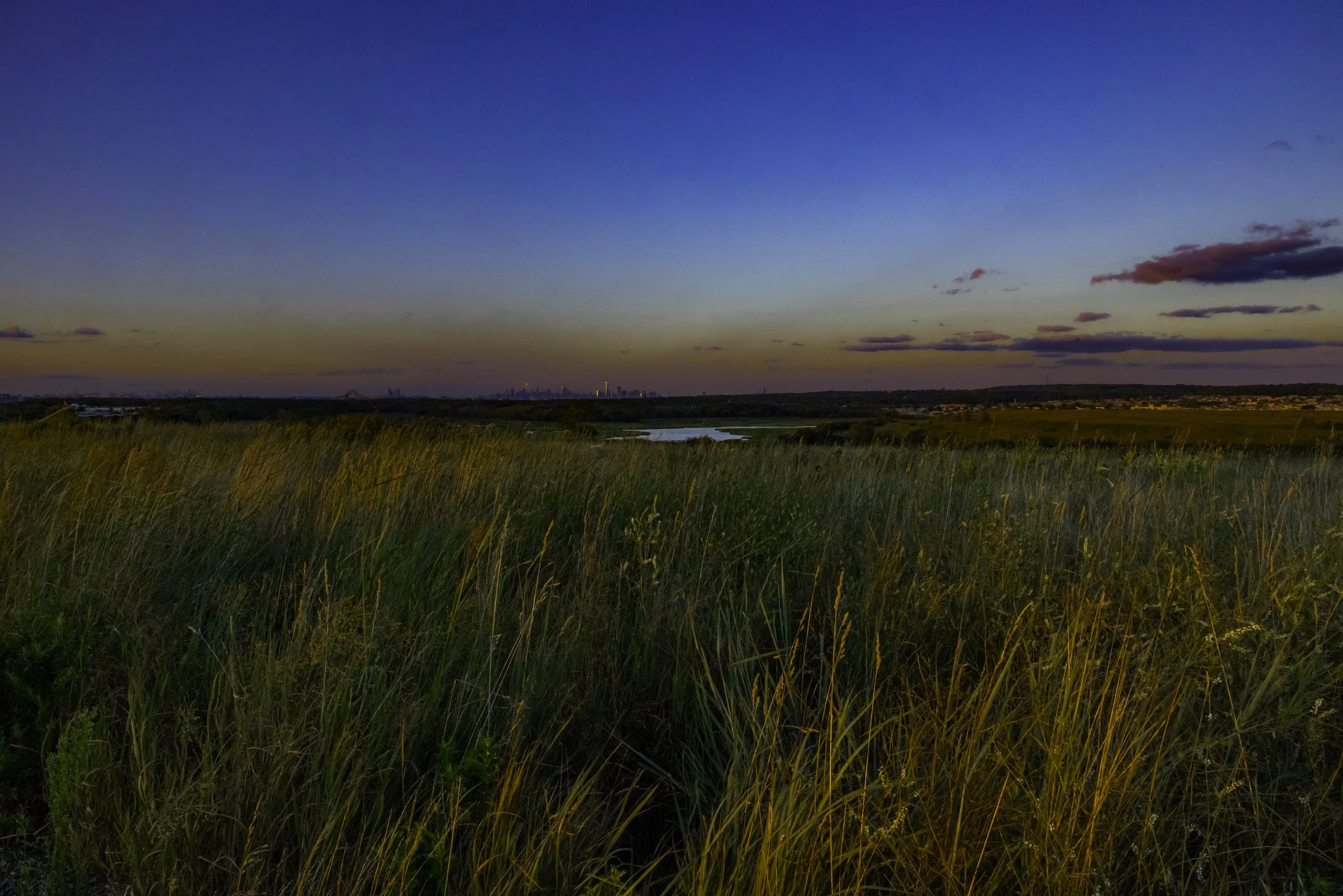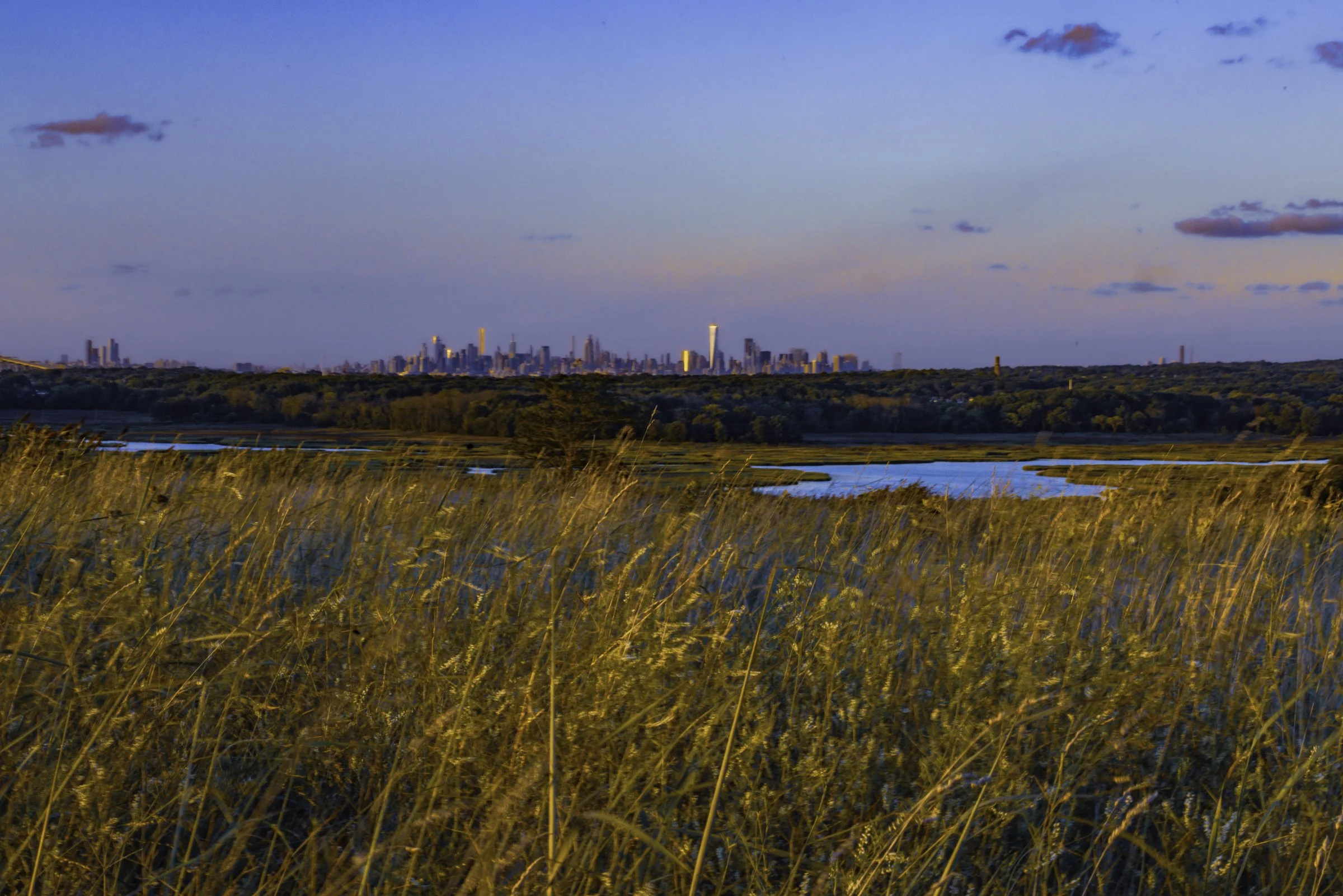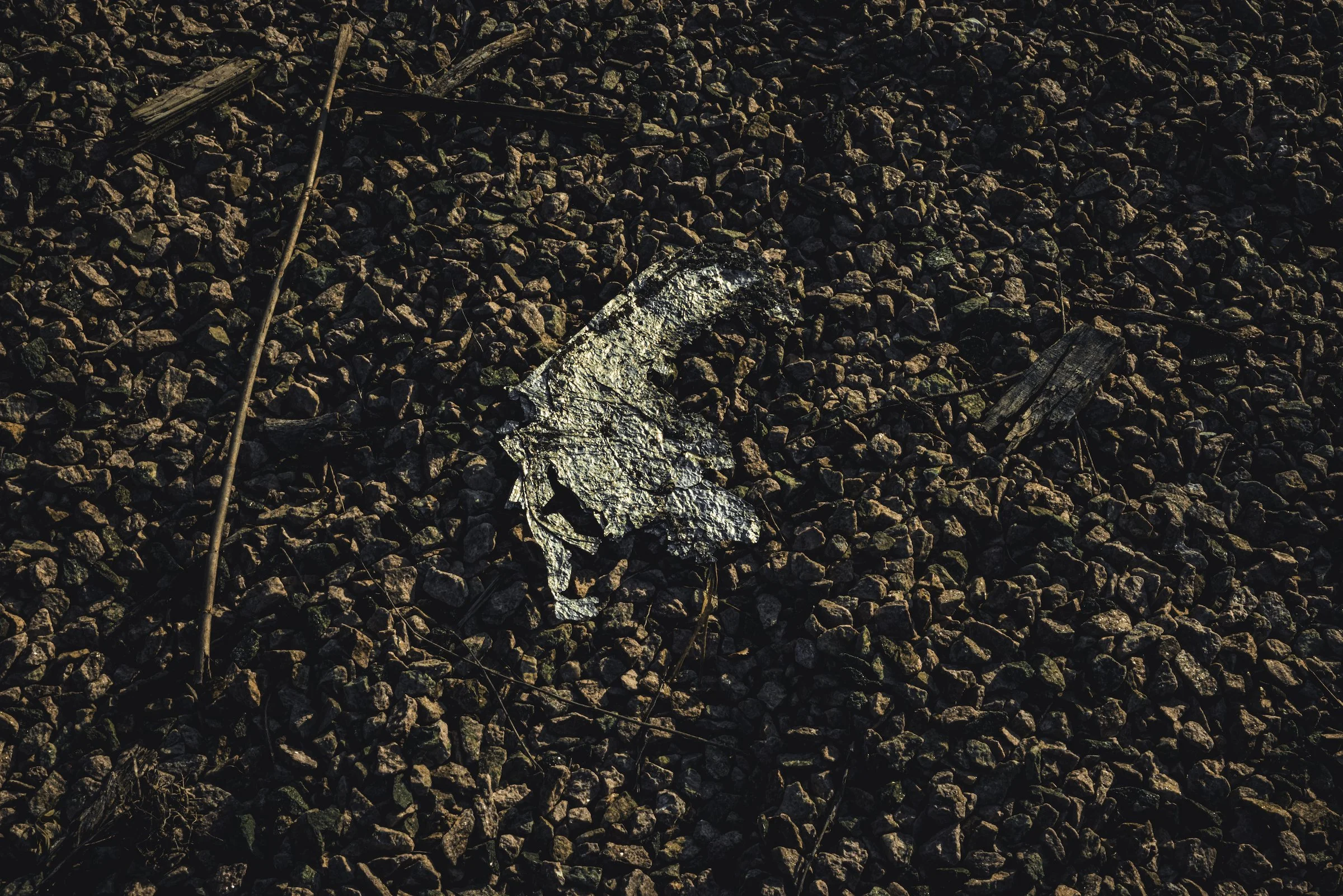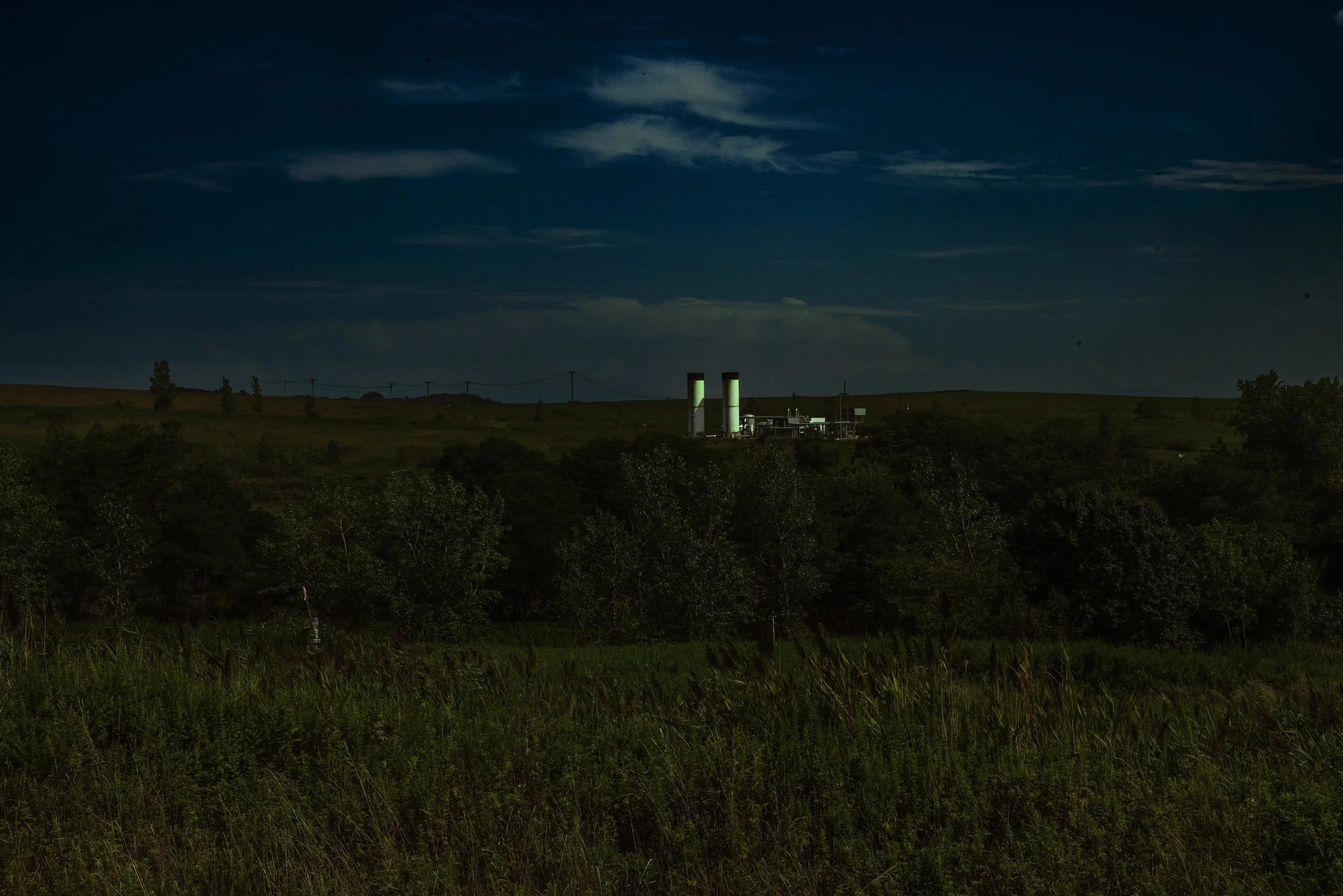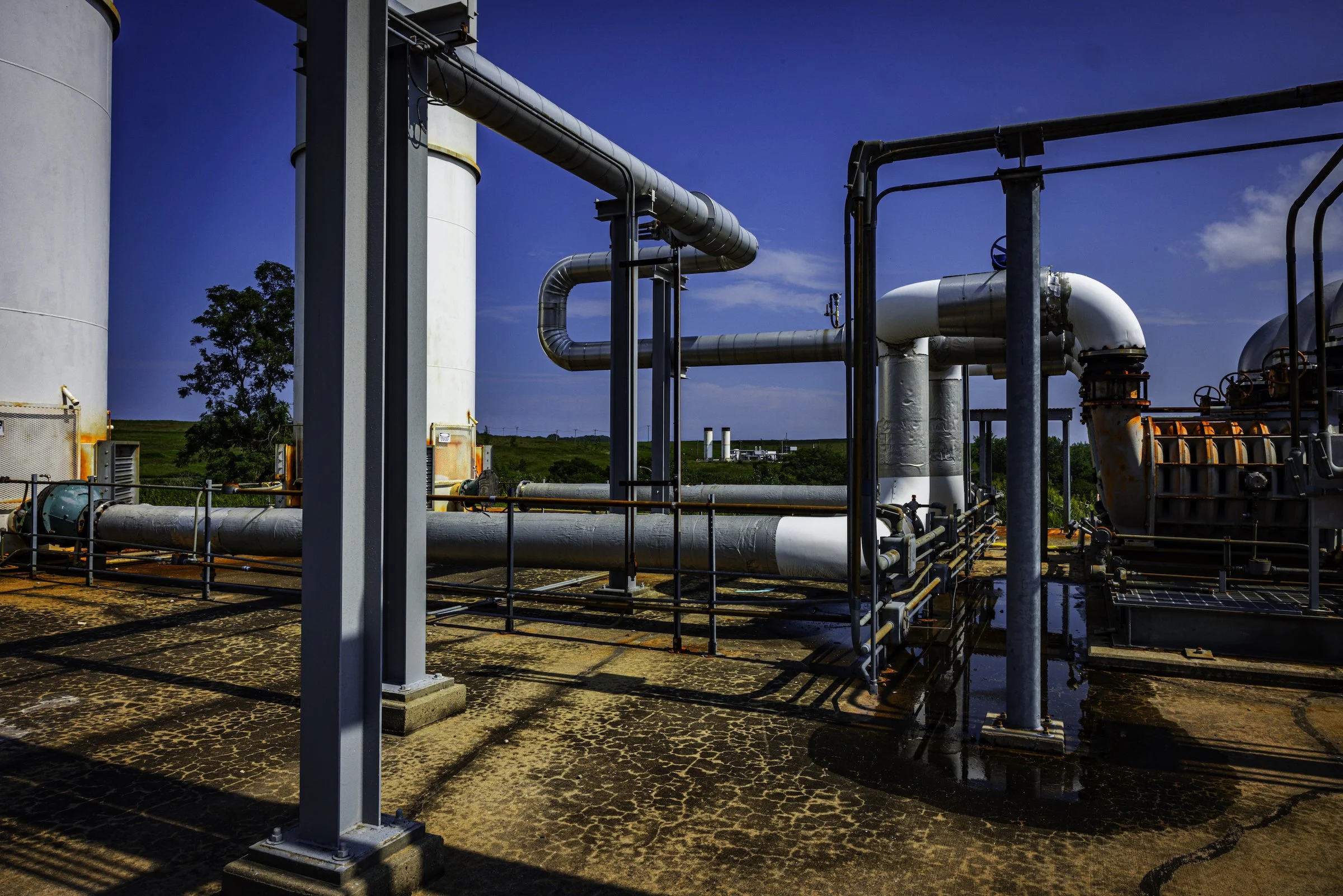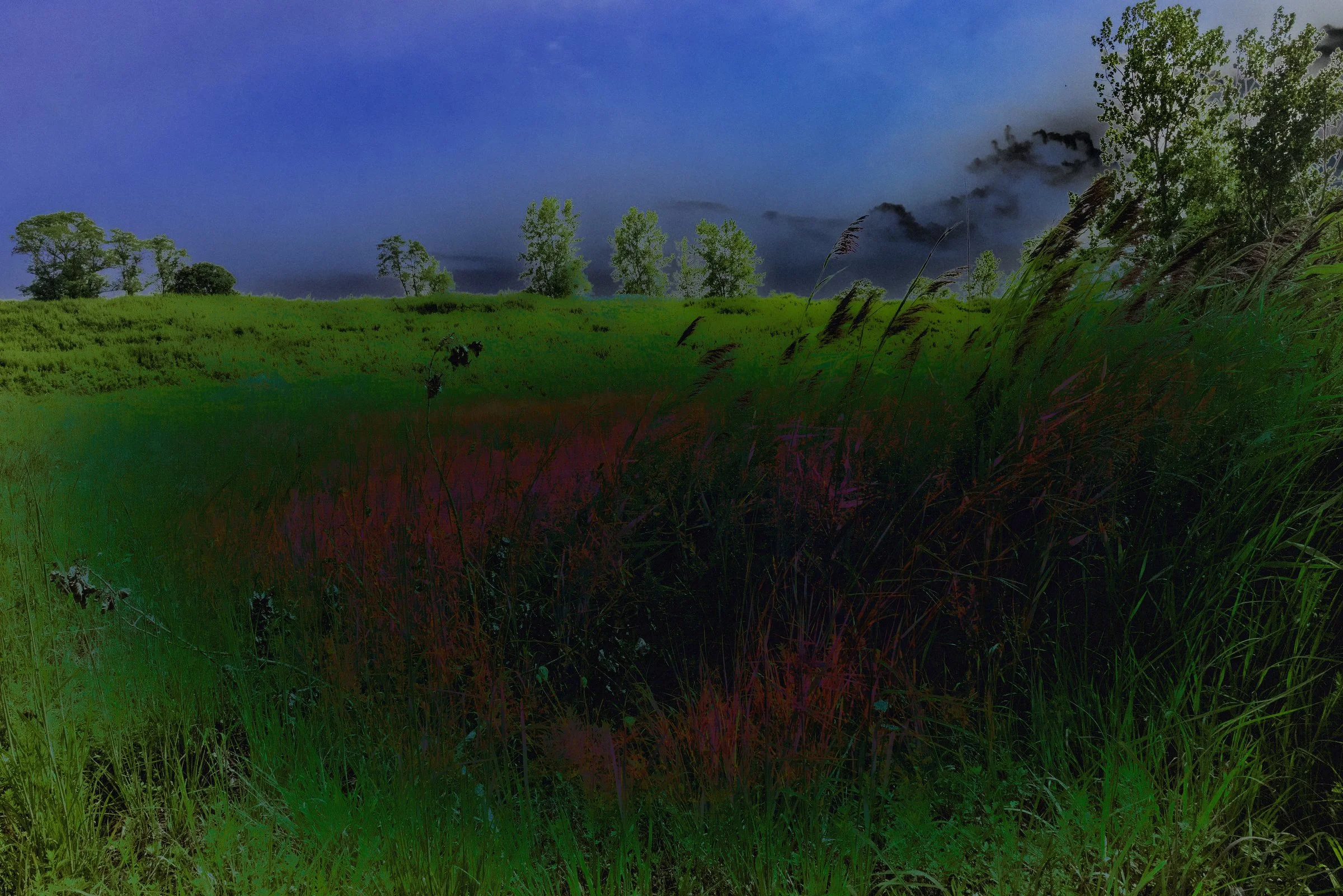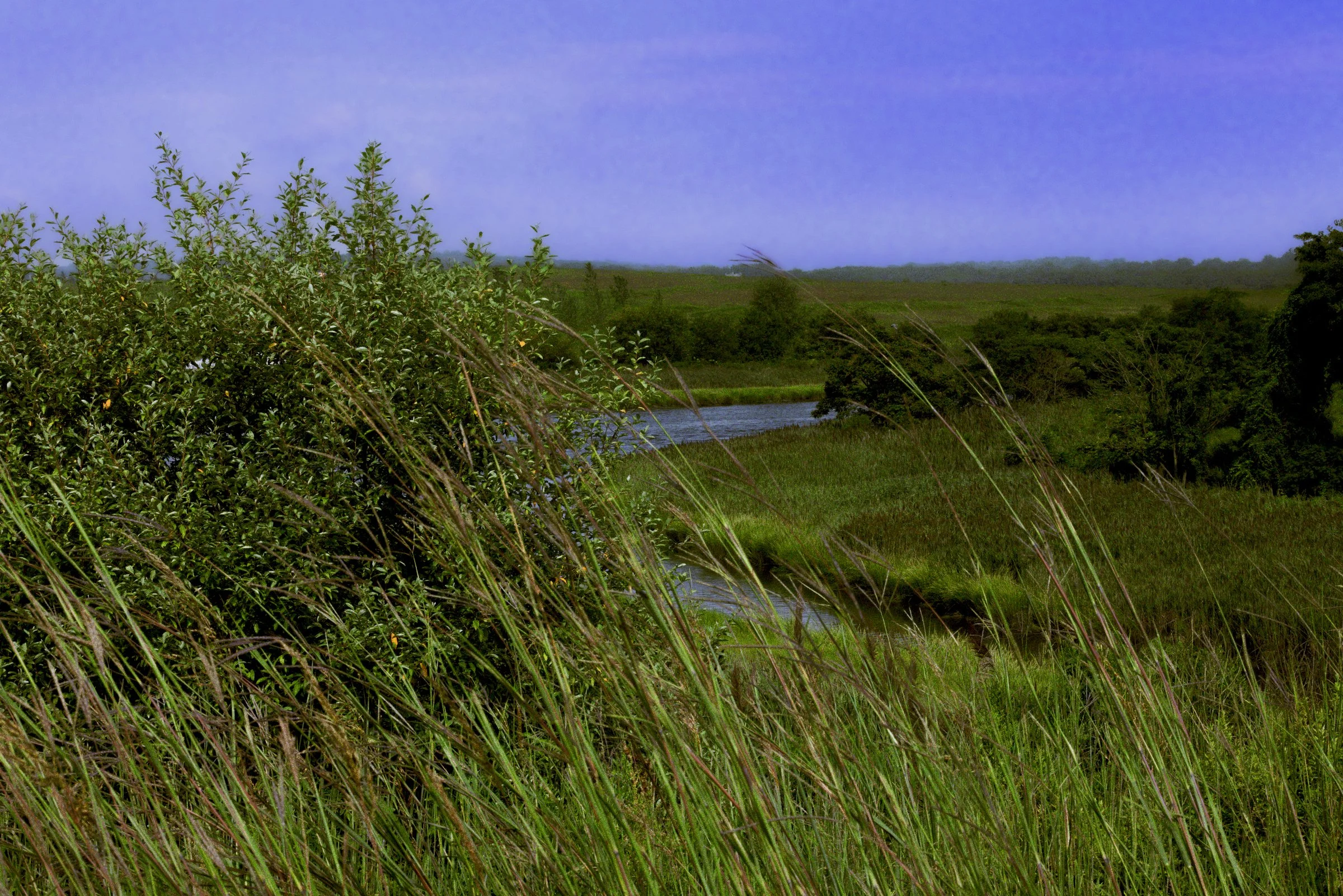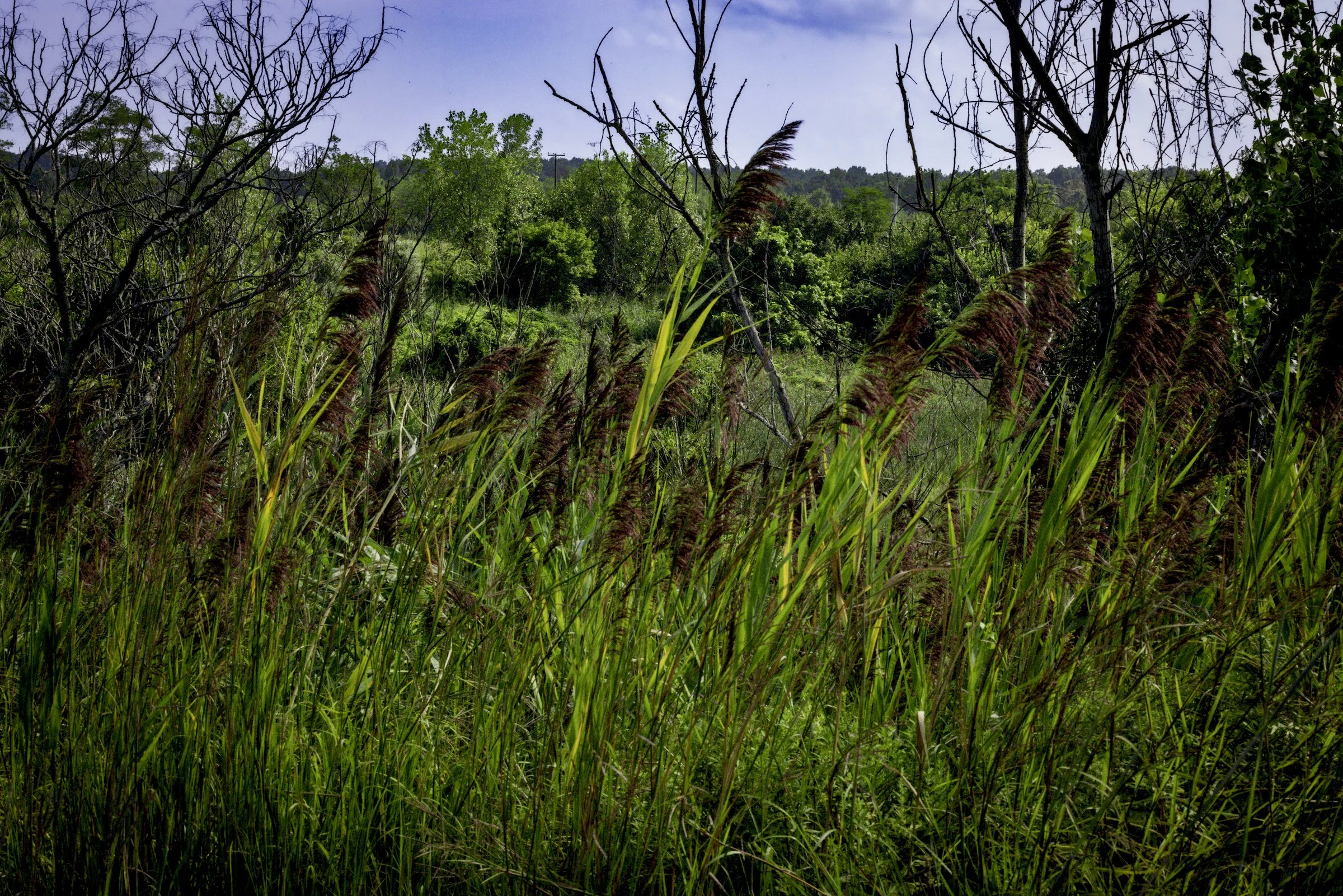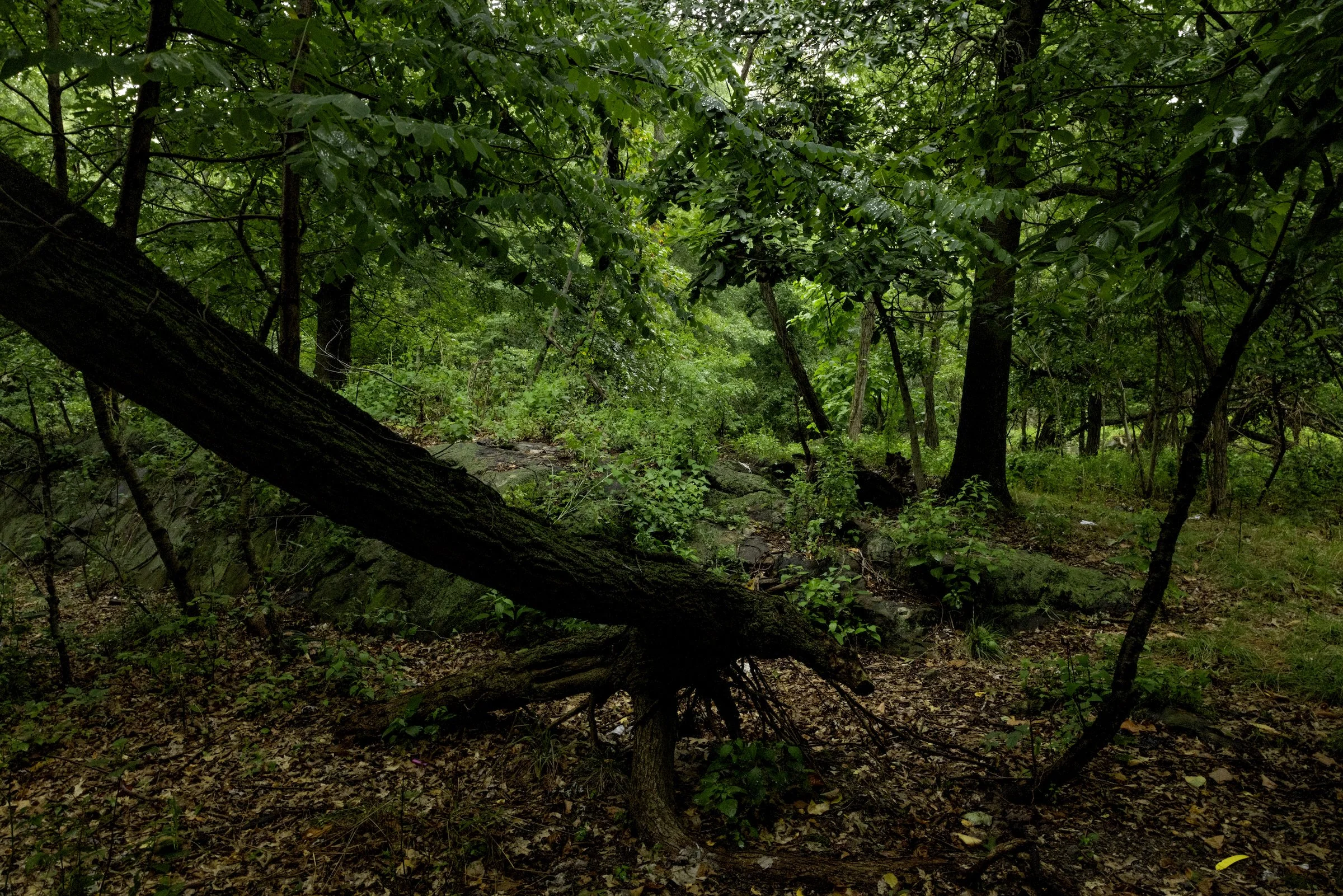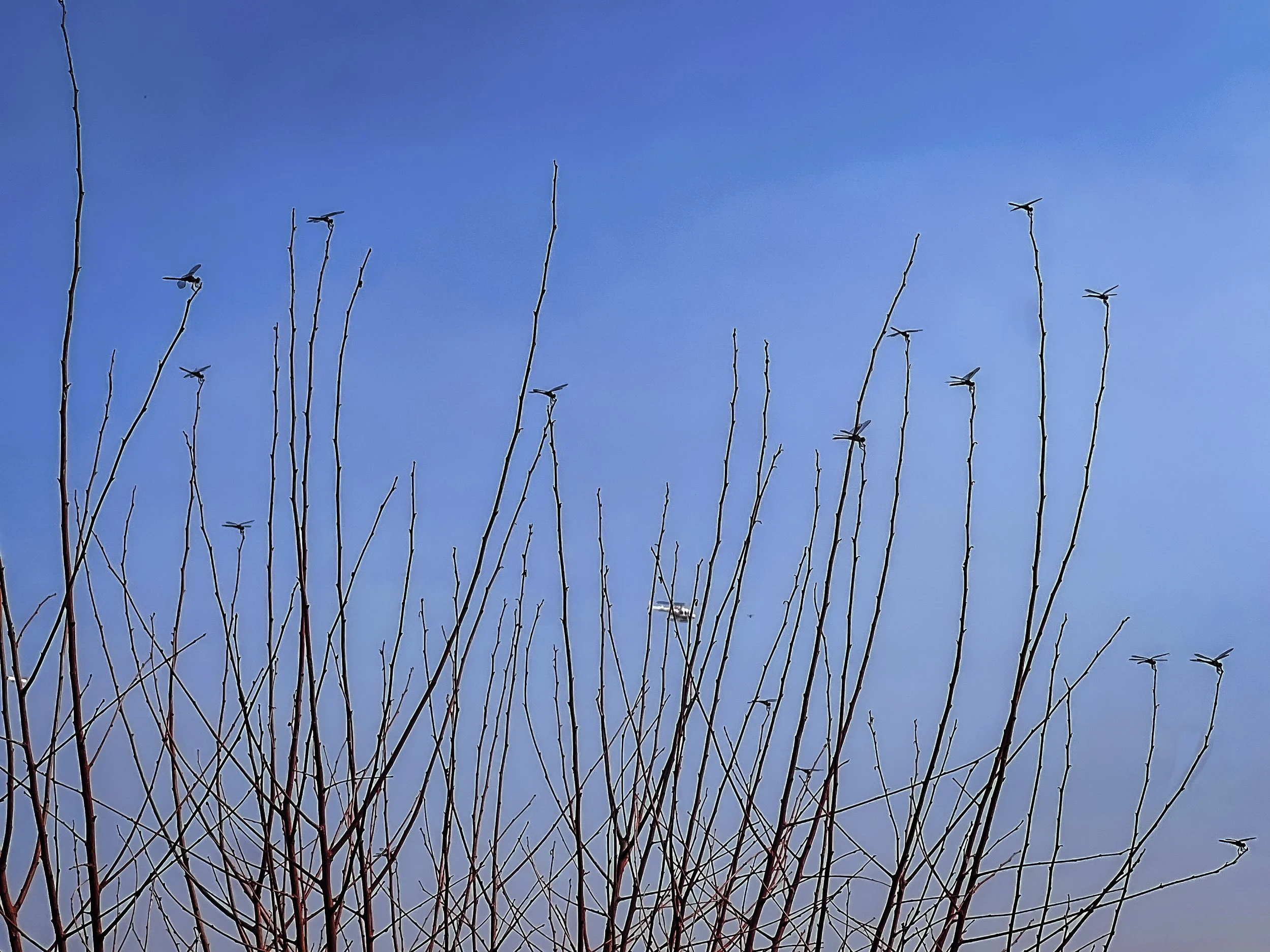NARS Fellowship 2024
work in progress
Studio views at New York Artist Residency and Studios (NARS) Foundation
Session III, International Artist Residency
My current work engages the notion of always becoming: the ever-evolving process of creation. Personally, as an artist; as a people, and as the earth seeks continually to heal itself. I confront environmental racism, writ large and small. From issues of access to green space, to large-scale climate catastrophe and its disproportionate burden on already marginalized populations globally. For me, immersive art may act a conduit to make tangible transformative encounters with the earth. I confront the effects of (dis)connection with the earth. Employing public art in service of community healing, my installations offer aesthetic sanctuaries, seeking relation to the land outside colonial, capitalist modes of living — of territorial possession or land extraction. Finding mutual care.
Freshkills Park, NYC
What does healing look like when brought to nature itself? Pattern governs the order of creation, how do we replicate it when brought to mend the ecosystems we’ve destroyed? Substantial parts of Manhattan rest on filled land: the refuse of our past. Most recently, the largest public park spaces are built atop landfills as we seek to repurpose that which we’ve cast away, but are unable to disappear. Freshkills park rests on a garbage dump, offering one of the most potent transfigurations imaginable: the reviled castoff detritus of everyday modern life, into precious urban greenspace. One day, the traces of this manufacture will become another layer in the Earth’s crust; my work documents this process of change.
Unearthing Stories From The Core
work in progress
Restored landscapes, public parks developed on landfills in NYC.
“Matter itself is always already entangled with the Other… in one's bones, belly, heart. In one's nucleus, in one's past and future.” — Karan Barad, Meeting the Universe Halfway, 2006
We are intermeshed with the subterranean realities on which we stand. A substantial part of NYC sits over landfills. Many have been converted into parks: Governors Island, Battery, Gateway, Pelham Bay, Fresh Kills, and even Ellis Island. Land(scape) is a repository—concealing and preserving our history and our future. The history of soil layers is that of micro- and macro histories. How are we altered by the environment we have altered? New York offers an exceptionally rich development on my work examining the earth as a repository for trauma and history, as well as a source for healing. On land-fill—the residue of past human lives—the resonant terrestrial quality is activated and amplified. What energy does this anthropocentric form of 'soil' bring as different from a lithosphere of rock and mineral? NYC becomes a site where the act of walking and entanglement of matter are activated with the energy of their own pasts. My work speaks to inter-connectedness: of humans with the earth; with humans to each other, and to life; of the local & the global; of the micro & the cosmic.
See Freshkills and Governors Island below.
Unit Antler, resting place, as it lay waiting…
Unit-Antler
work in process
An interactive sculptural contrivance,
a psychic, futuristic landscape portal, a telepoter,
a memory object, for remembering and forgetting,
preserving our history and future,
connecting humans, landscape, and its residuals.
Crafted entirely from detritus and wood collected from NYC.
Antler horn shaped remnant found discarded on a grassy patch,
salvaged (from the landfill destination) and encapsulated as it transitions to an afterlife.
Conceived and created by Sarah Ahmad, title coined by Celeste Viv Ly.
First glimpses, NYC
rooftops and Red Hook Grain Terminal in Brooklyn
sky-scraping at the Sculpture Center
View from rooftops from Nars Foundation in Sunset Park, Brooklyn, 2024
Brooklyn rooftop captured from the car, 2024
Brooklyn (Bay Ridge, Sunset Park) Rooftops, NYC
A first glimpse of rooftops from the car driving into Bay Ridge, Brooklyn.
a cultural landsacpe,a time capsule
of chimneys, graffiti, tangled wires
a labyrinth of antennae, dishes
I was offered different stories for this
open, clandestine labyrinth
transmission devices, private servers
beyond governmental surveillance
beyond US mediated view of the outside world
signifiers of immigrants, connecting with families
receiving news, from channels and in languages
beyond the cable networks, the obsolete systems live on
Red Hook Grain Terminal, NYC
Abandoned grain elevator built in 1922 on Brooklyn Waterfront. While the grain elevator was an unsuccessful business venture for the city, it speaks to the history of monopolization of agriculture, and agricultural colonialism. 90% of the global grain trade is controlled by 4 US companies. They also control substantial parts of the food processing chain. While hunger is prevalent in many parts of the world, the US throws away $473 billion worth of food annually.
Red Hook Grain Terminal, 2024. Site visit researched and initiated by artist Celeste as part of her project work in NY.
Red Hook Grain Terminal, Day 2, access and photography not allowed, views from across the barriers.
Sculpture Center Courtyard, NYC
Views of the sky from the Sculpture Center entrance and courtyard.
Boundaries of landscape dissolving, morphing. Like our own fragmented, fluid selves.
“In the wake of dissolution of her body…Trauma: a weight that slowly, over time, breaks you down, your bones crumbling into moon dust…A type of vertigo, traumatic memory, a type of forgetting, the fear, a type of remembering too much.” – Maryam Ahmad
Freshkills Park, Staten Island, NYC
Freshkills Park sits on Fresh Kills Landfill which was the largest landfill in the world by 1955 and the largest landfill in the US until it closed in 2001. It is the largest park to be developed in NY in over 100 years, at three times the size of Central Park. https://freshkillspark.org
Freshkills Site-plan https://freshkillspark.org/the-park/the-park-plan
Private Tour of Freshkills; parts of the park under planning or construction.
North Park was completed in 2023.
East Mound. Gambian walls to slow and control water from drains.
North Mound
Grasslands on trash mounds with layers of soil, gas vents, drainage, and barrier protection material,
between the waste and soil layers.
Landfill gas well header pipes dotting the landscape.
First image on the top left: West mound view that has 9/11 rubble buried underneath.
Landfill gas wells embedded in the landscape.
“Landfill gas is created as anaerobic bacteria feed on decomposing waste. The gas is a mixture of methane, carbon dioxide, and small amounts of non-methane organic compounds (NMOCs). The landfill cap prevents landfill gas from migrating into the atmosphere. Below the cap, a network of wells, pipes and blowers collect landfill gas from the capped landfill mounds and send it to an onsite purification plant.”
“Landfill gas wells extend down into the waste layer. The bottom of each well is perforated to allow particles of landfill gas inside. The vertical wells are connected to a network of lateral pipes, which are connected to nearby flare stations and a landfill gas purification plant.”
Reference: https://freshkillspark.org/landfill-engineering/collection-and-processing
Scale of grasses at Freshkills with Shannon Erickson, Director of Education, Freshkills Parks Alliance
Sunset at North Mound, Manhattan skyline.
Sunset at North Mound
Liminal Spaces
scattered in the gravel
remnants of lives past
Liminal Spaces
between the mounds
grasses and plants grow
brought by the wind from unknown places
the seeds geminate, forming new habitats
Leachate Collection System
Plant flare station at Freshkills.
Burns off gas. Gas vents transport gas to plant flare stations where it is stored and burnt off. There is of flare station at each of the 4 mounds at Freshkills.
“Leachate is created when rainwater percolates through decomposing garbage and picks up particles, including potential contaminants, from the garbage along the way. At Freshkills Park, the soil underlying the waste is made of a fine silt clay with low permeability. The clay has prevented the leachate from migrating into deeper layers of soils below the landfill. Around the mounds, trenches, cut-off walls, pipes, and pumps are designed to collect the leachate that migrates laterally through the mounds. The collected leachate is pumped to a treatment plant that separates the water from waste materials.”
“At the treatment plant, leachate undergoes a series of physical and chemical processes to separate harmful materials from clean water.”
Reference: https://freshkillspark.org/landfill-engineering/collection-and-processing
Plant Flare Stations
East Mound
Gambian walls to slow and control water from drains.
South mound.
Grasslands and views from the South mound that has a big and a small mound.
Sunset at South Mound
Department of Sanitation, NY
DSNY trucks
North Park
North Park was completed in 2023.
Pelham Bay Park, NY
Governors Island, NYC
More than half of Governors Island is built on a landfill, 100 of its 172 acres, the entire south side. The lush Hills on the South with views of the Statue of Liberty and the NY Harbor sit on mounds of landfill, soil dug to build part of NY’s subway system. This “land reclamation” has led to sinking of Governors Island at a rate of 3.4 mm (plus or minus 0.8 millimeters) per year, one of the fastest sinking rates of NY locations.
Governors Island has also historically been the site of hazardous waste. From petroleum spills in the groundwater, to subsurface contamination in buildings and the soil. https://www.nyc.gov/html/oec/downloads/pdf/dme_projects/11DME007M/DGEIS/11DME007M_DGEIS_11_Hazmat.pdf
How are we altered by the environment we have altered?
Arriving at the island by ferry and departing from it, one sees the spectacular views of the NY harbor. But as I walk the island, art and nature are mixed with relics of the past, crumbling structures, hints of the lush oasis betraying glimpses of structures keeping the soil in place, debris on the coast, fenced areas with fragments of history scattered around. Mounds of shells fenced in for recycling, views of the Statue of Liberty bearing witness. An island sinking would be far from anyone’s mind in this hub of arts, recreation, leisure, and always nature’s resilience and beauty.
©2024 Sarah Ahmad. All Rights Reserved.

































